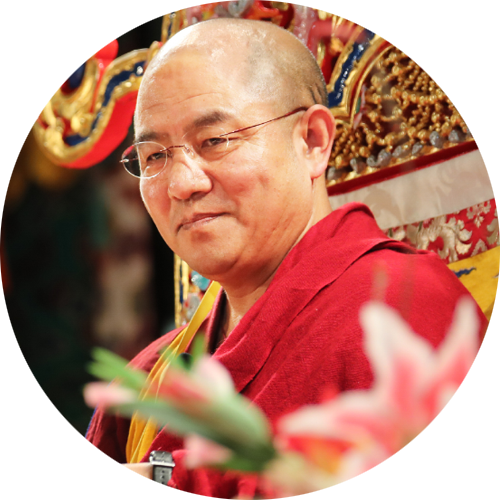The Key Point of Meditation
Meditation is well known as an essential Buddhist practice that will ultimately lead to the highest attainment. There are many different types of meditation and meditation techniques; so how does one know how to practice correctly and discern the key point of meditation?
While practicing meditation, it is not enough to simply rest the mind. The key and purpose of meditation is to realize the nature of mind, whether it’s abiding calmly or generating thoughts. In the book Stages of Meditation ,it says that the nature of mind is emptiness. How so? It cannot be found either in the past, present or future. Also, the nature of mind is empty like space. From this perspective, it is also devoid of intrinsic existence.
Failing to understand that the nature of mind is empty and self-liberated causes many practitioners to stray onto a wrong path. There is a frequently quoted saying by practitioners in Tibetan Buddhism: “Knowing only meditation, but not knowing liberation”. It means if we only meditate blindly, but do not know the nature of the mind is self-liberated, such meditation is no different from that of the gods in the four dhyanas, or four spheres of perception, which still does not transcend the realm of samsara. Many people are proud that their minds can abide in stillness for a long time. Others are pleased with themselves when they are always aware of their thoughts. Neither of these points to a high state of realization.
